Today, a quarter of the world’s population, 2 billion people, use unsafe water and 2.4 billion people live in water-stressed countries. Competition for this invaluable resource is increasing, even leading to increasing conflicts over water scarcity.
Over the years, Vietnam has made great progress in improving the nutritional status and health of its people. The rate of child malnutrition (MD) has decreased significantly and sustainably, and the food security and diet of the people have improved markedly.

Meals with more animal protein than vegetables
According to the Ministry of Health , Vietnam has achieved remarkable achievements in improving the nutritional status of the people, such as the rate of malnutrition in children under 5 years old has decreased rapidly and sustainably (the rate of underweight malnutrition decreased from 14.1% in 2015 to 11.5% in 2020). Although the rate of stunting in children under 5 years old has decreased by 1% each year, it is still high (19.6% in 2020) and there is a difference between regions, especially in mountainous and disadvantaged areas compared to cities and plains. This rate in the Northern mountainous region is 27.1% and in the Central Highlands is 29.8%.
Currently, there are 1,089 poor communes nationwide, especially poor communes in poor districts in ethnic minority areas. Poor people in ethnic minority areas still suffer from food shortages, lack of food, lack of information, etc., which are the causes of high rates of underweight and stunted children, as well as micronutrient deficiencies and lack of health services for mothers and children.
After 10 years (from 2010 to 2020), the structure of Vietnamese meals has changed significantly, the diet is more balanced, approaching the recommended needs for energy-producing substances from carbohydrates, proteins, and lipids at 63.1%: 15.8%: 20.1%. However, the balance of the diet is still not guaranteed, the daily diet in many places still has too much animal protein, the average meat consumption is 134 grams/person/day, of which red meat is 95.5g (recommended need is 70g/person/day), poultry is 36.2g, meat products are 4.7g.
In urban areas, meat consumption is higher at 154 grams per person per day, red meat is 155.3 grams, poultry meat is 36.5 grams and meat products are 3.9 grams. In rural areas, although conditions are still difficult, meat consumption is 126.2 grams and red meat is 85.8 grams. This leads to more animal lipids than plant lipids (the ratio of animal lipids to total lipids is 51.4%).
Unhealthy eating habits and nutritional imbalances (lots of meat, animal fat, few vegetables and fruits) of Vietnamese people have increased chronic diseases related to nutrition such as: overweight, obesity, high blood pressure, diabetes, gout, dyslipidemia, etc. The rate of overweight and obesity in school-age children increased from 8.5% in 2010 to 19.0% in 2020, of which urban areas were 26.8%, rural areas were 18.3% and mountainous areas were 6.9%.
Responding to the “Nutrition and Development” Week, the Ministry of Health has made a number of recommendations: Developing gardens - ponds - barns to create a source of available, safe food; organizing family meals and school meals well to ensure diversity, balance and adequate nutrition; implementing proper nutritional care in the first 1,000 days of life to help children develop comprehensively in terms of stature and intelligence; choosing foods with clear origins, ensuring safety in processing and preservation; reading nutritional information on food labels before buying and using; using safe clean water in eating and drinking; drinking enough water according to the body's needs.
Q.FLOWER
Source


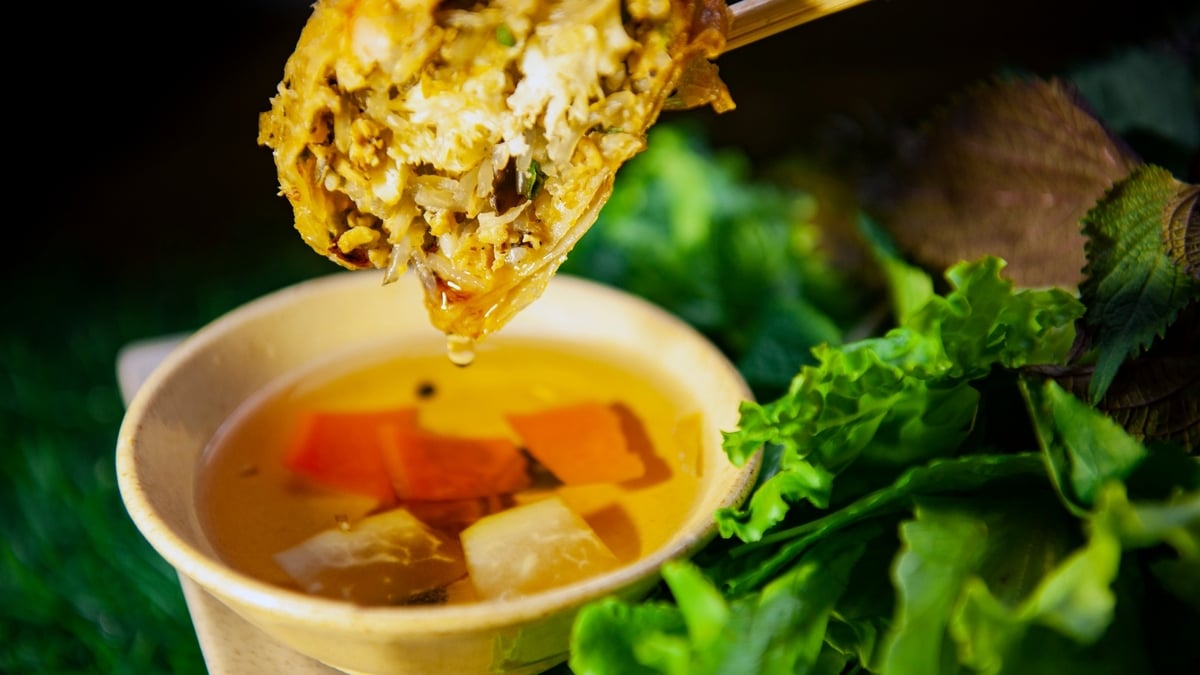































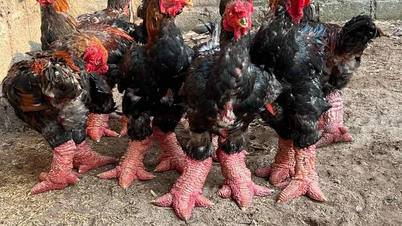










































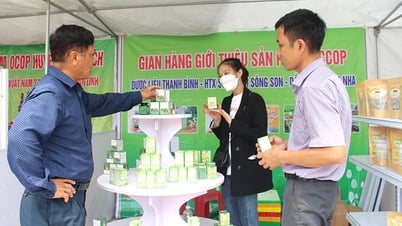

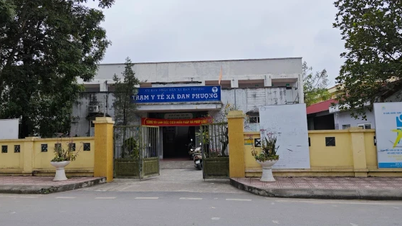













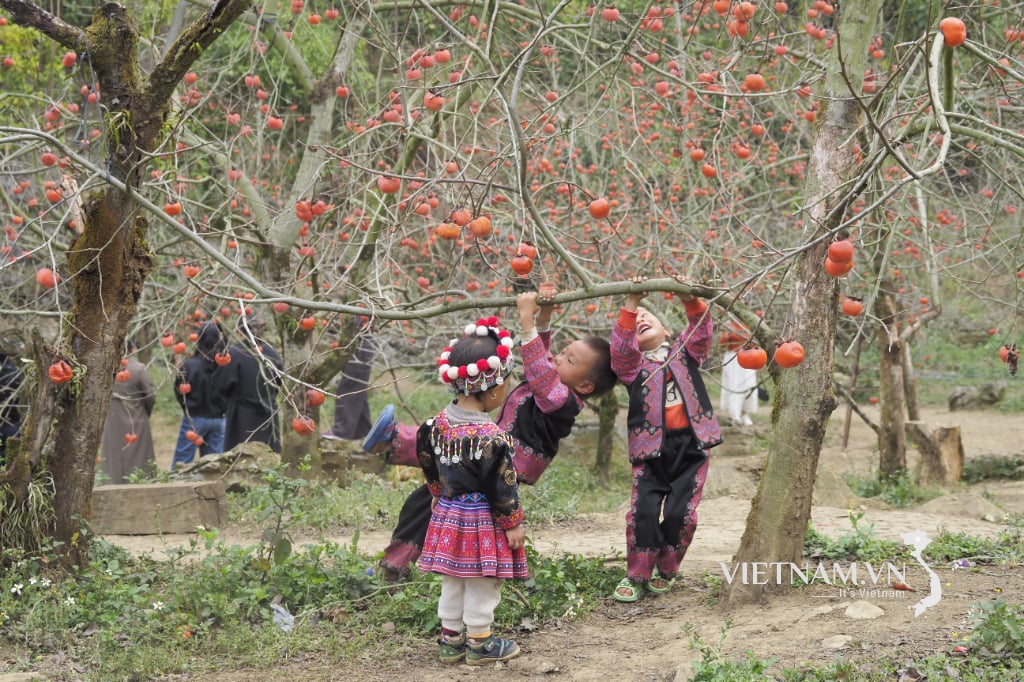

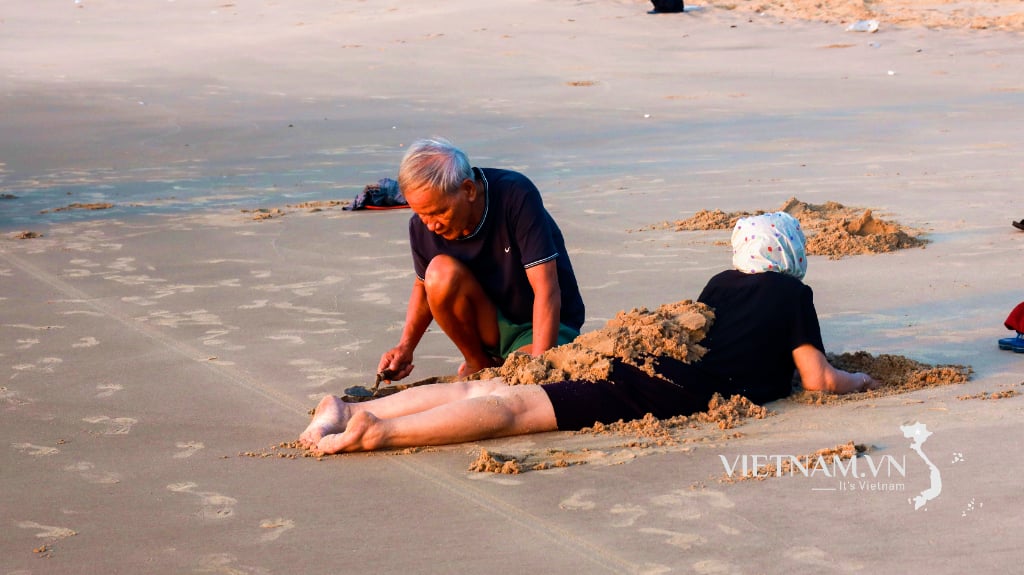
Comment (0)